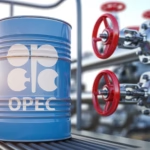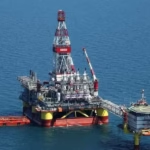Physical Address
304 North Cardinal St.
Dorchester Center, MA 02124

Energy corridors, the vast web of oil and gas pipelines that crisscross continents are far more than engineering marvels. They are strategic lifelines that determine who has access to resources, which regions secure energy supply, and how states project power. In the 21st century, energy corridors are not just about transporting hydrocarbons; they have become the front lines of geopolitics, competition, and cooperation.
From the Caspian Sea to Europe, Russia to China, and the Middle East to South Asia, control over pipelines translates into leverage over nations, alliances, and even wars. This article explores the battle for energy corridors, examining how pipelines shape political power, economic integration, and the broader struggle for influence in global energy markets.
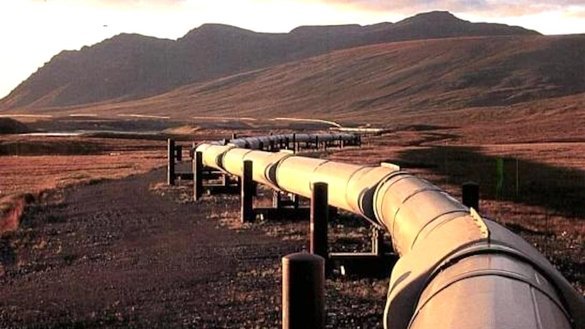
Pipelines are far more than tubes of steel buried underground. They are instruments of political leverage, economic interdependence, and strategic rivalry. From Russia’s gas battles with Europe to China’s Belt and Road pipelines, and from the Caspian to the Middle East, the control of energy corridors defines global power. As the world transitions to cleaner energy, these corridors may evolve, but their role as tools of power and diplomacy will remain firmly in place. The battle for pipelines is, at its core, the battle for the future of global energy order.
Unlike tankers or LNG ships, pipelines are fixed, immovable infrastructure. Once built, they create long-term dependency between suppliers and consumers. This dependency gives transit countries and pipeline owners political leverage.
Russia: Uses its gas pipelines to Europe as geopolitical tools.
Turkey: Has become a “pipeline hub” linking Caspian, Russian, and Middle Eastern supplies to European demand.
China: Expands its Belt and Road Initiative (BRI) through pipeline diplomacy with Central Asia.
| Corridor/Route | Key Resource | Main Players | Strategic Significance |
|---|---|---|---|
| Russia–Europe Gas Pipelines | Natural Gas | Gazprom, EU, Ukraine | European energy security, political leverage |
| Caspian–Europe (BTC) | Oil | Azerbaijan, Georgia, Turkey | Diversification away from Russia |
| Central Asia–China | Gas & Oil | Kazakhstan, Turkmenistan, CNPC | China’s energy security |
| Persian Gulf–Indian Ocean | Oil & LNG | Saudi Arabia, Iran, India | Vital for Asian demand |
| EastMed Pipeline (planned) | Gas | Israel, Cyprus, Greece | Europe’s diversification strategy |
For decades, Russia dominated Europe’s energy landscape through massive pipeline systems such as Druzhba (oil) and Nord Stream (gas). Energy exports gave Moscow both economic revenue and political leverage.
Leverage: Russia used gas pricing and supply disruptions as tools against Ukraine and Eastern Europe.
Crisis: The war in Ukraine (2022–present) and EU sanctions drastically reduced Russia’s pipeline role.
Shift: Europe now seeks LNG and Caspian alternatives, weakening Russia’s corridor monopoly.
The Caspian region particularly Kazakhstan, Azerbaijan, and Turkmenistan — has emerged as a critical energy hub.
Baku–Tbilisi–Ceyhan (BTC): Delivers oil to the Mediterranean, bypassing Russia.
Trans-Caspian Projects: Connect Central Asian gas to Europe through Azerbaijan and Turkey.
China Linkages: Kazakhstan and Turkmenistan supply oil and gas eastward through pipelines to Xinjiang.
Kazakhstan’s dual role is particularly striking. Its oil flows westward through the Caspian Pipeline Consortium (CPC) and eastward to China, making it a swing supplier between two global demand centers.
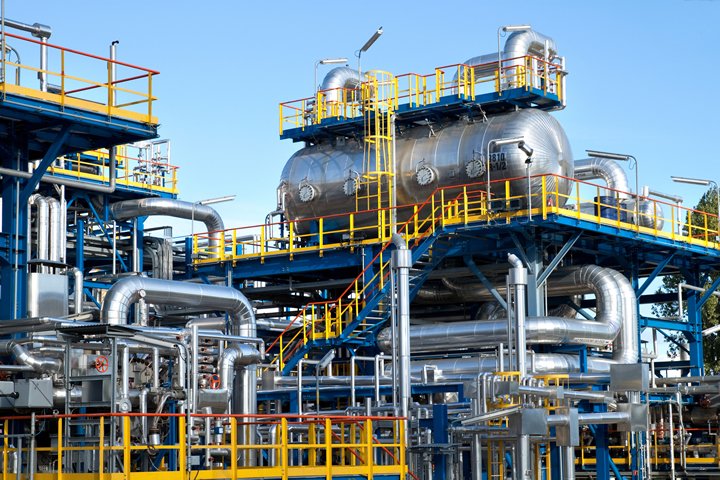
The Persian Gulf remains the world’s most vital energy corridor, with the Strait of Hormuz as a chokepoint for nearly 20% of global oil trade. Pipelines and tanker routes from Saudi Arabia, Iraq, Iran, and the UAE underpin global supply.
Saudi East-West Pipeline: Allows exports via the Red Sea, bypassing Hormuz.
Iraq-Turkey Pipeline: A contested route disrupted by conflicts and political disputes.
Iran’s Pipelines: Limited by sanctions but strategically positioned between Asia and Europe.
Control over Gulf pipelines is synonymous with global energy stability.
China, the world’s largest energy importer, has aggressively pursued pipeline projects under the Belt and Road Initiative (BRI).
Central Asia–China Gas Pipeline: Supplies Turkmenistan, Uzbekistan, Kazakhstan gas directly to Xinjiang.
China–Russia Pipelines (Power of Siberia): Strengthen the Beijing–Moscow energy axis.
Pakistan & Myanmar Routes: Provide alternatives to vulnerable sea lanes like the Malacca Strait.
China’s pipeline strategy is about diversifying supply routes while reducing reliance on U.S.-controlled sea lanes.
The EU has aggressively sought alternatives to Russian energy since 2022.
Southern Gas Corridor (SGC): Delivers Caspian gas through Azerbaijan and Turkey to Europe.
LNG Terminals: Expanded across Poland, Germany, and Southern Europe.
EastMed Project: A proposed pipeline connecting Israeli and Cypriot gas to Europe.
Europe’s diversification demonstrates how pipelines are no longer just energy infrastructure, but tools of survival and independence.
| Project/Source | Status (2025) | Capacity (bcm/year) | Strategic Goal |
|---|---|---|---|
| Southern Gas Corridor | Operational | 16 bcm | Alternative to Russia |
| EastMed Pipeline | Planned | 10 bcm | Israeli/Cypriot gas |
| LNG Imports | Growing rapidly | 120+ bcm | Flexible sourcing |
Energy corridors often run through unstable regions, making them flashpoints for conflict.
Ukraine: Russian gas pipelines became central to the war.
Iraq and Syria: Pipelines disrupted by war and terrorism.
South Caucasus: BTC and TANAP pipelines run through regions contested by Armenia and Azerbaijan.
Control over pipeline routes can exacerbate ethnic and territorial disputes.
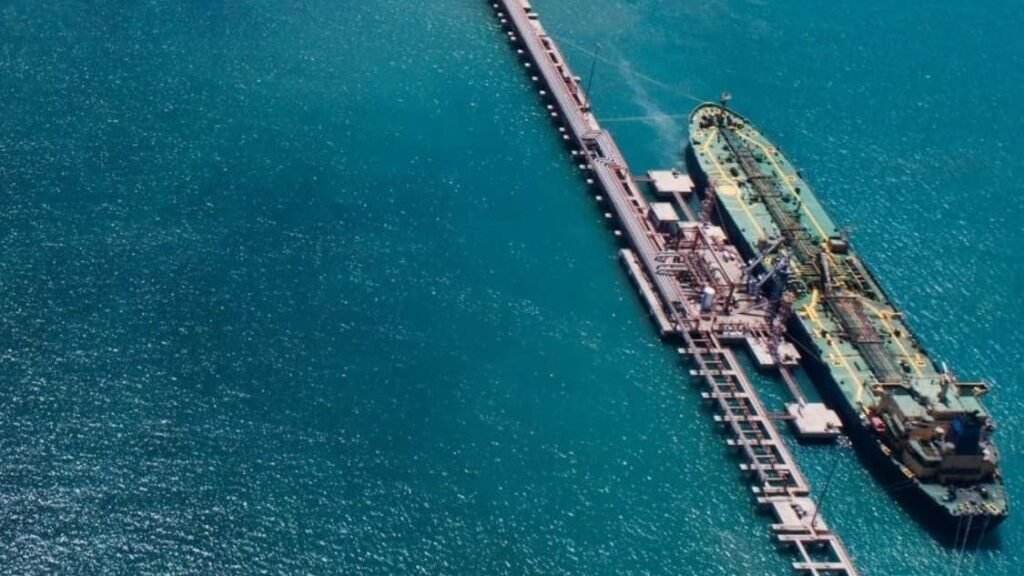
Pipelines are far more than tubes of steel buried underground. They are instruments of political leverage, economic interdependence, and strategic rivalry. From Russia’s gas battles with Europe to China’s Belt and Road pipelines, and from the Caspian to the Middle East, the control of energy corridors defines global power.
As the world transitions to cleaner energy, these corridors may evolve, but their role as tools of power and diplomacy will remain firmly in place. The battle for pipelines is, at its core, the battle for the future of global energy order.
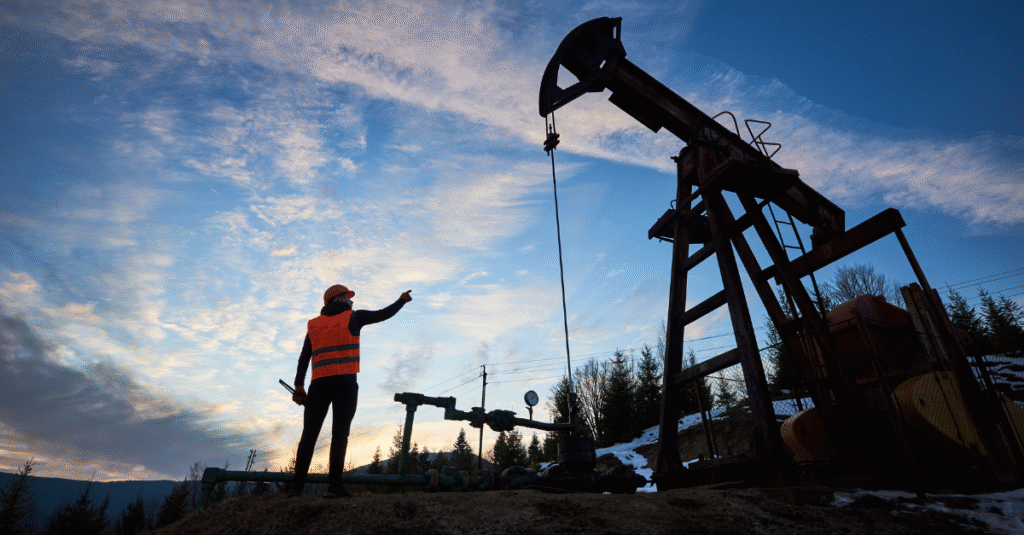
The global shift toward renewables and decarbonization challenges the long-term role of oil and gas pipelines. However:
Pipelines remain essential for decades to come, especially in Asia and developing markets.
Existing infrastructure could be repurposed for hydrogen and carbon capture transport.
Geopolitical competition over corridors will continue as long as fossil fuels dominate global energy.
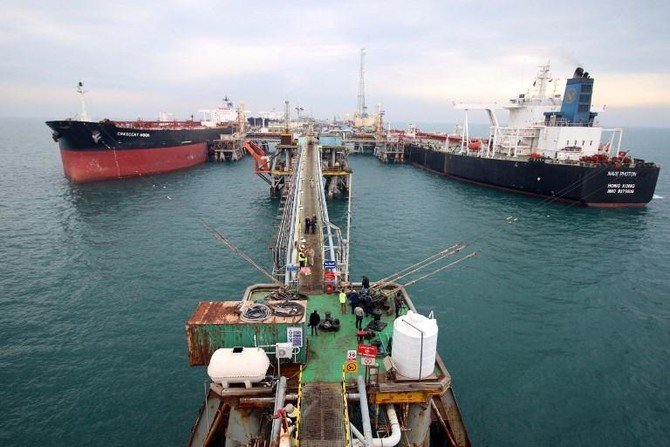
Looking ahead, the battle for energy corridors will intensify along three fronts:
Geopolitical Realignment: Russia’s decline, China’s rise, and Europe’s diversification will reshape global flows.
Technological Integration: Digital monitoring, AI-driven leak detection, and robotics will make pipelines smarter and more secure.
Hybrid Corridors: Pipelines may increasingly carry hydrogen and CO₂, blending old infrastructure with new energy systems.
In short, pipelines remain the arteries of global energy geopolitics. Whoever controls them will continue to wield enormous power.


